Method of formation of solution is given in Column-I. Match it with the type of solution given in Column-II.

Text Solution
(i - b), (ii - c), (iii - d), (iv - a)
|
Topper's Solved these Questions
- SURFACE CHEMISTRYBOOK - KUMAR PRAKASHANCHAPTER - SURFACE CHEMISTRYEXERCISE - SECTION - D (NCERT EXEMPLAR SOLUTION) (Assertion and Reason Type Questions)
5 Videos
- SURFACE CHEMISTRYBOOK - KUMAR PRAKASHANCHAPTER - SURFACE CHEMISTRYEXERCISE - SECTION - D (NCERT EXEMPLAR SOLUTION) (Long Answer Type Questions)
4 Videos
- SURFACE CHEMISTRYBOOK - KUMAR PRAKASHANCHAPTER - SURFACE CHEMISTRYEXERCISE - SECTION - D (NCERT EXEMPLAR SOLUTION) (Short Answer Type Questions)
29 Videos
- SOLUTIONS BOOK - KUMAR PRAKASHANCHAPTER - SOLUTIONS EXERCISE - SECTION - E MCQs asked in GUJCET/Board Exam
69 Videos
- THE D-AND F-BLOCK ELMENTSBOOK - KUMAR PRAKASHANCHAPTER - THE D-AND F-BLOCK ELMENTSEXERCISE - Section -E MCQs asked in GUJCET/Board Exams)
50 Videos
Similar Questions
Knowledge Check
Mathe term given in Column I with the type of solution given in Column II.
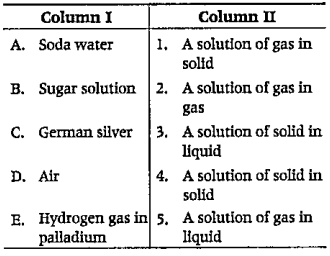 A
A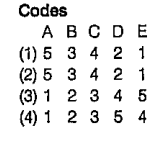 B
B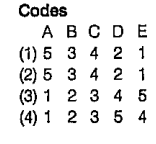 C
C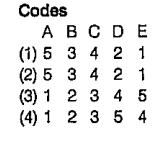 D
D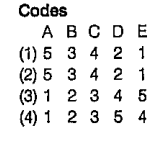
Match the reactions given in Column I with the type of reactions given in Column II
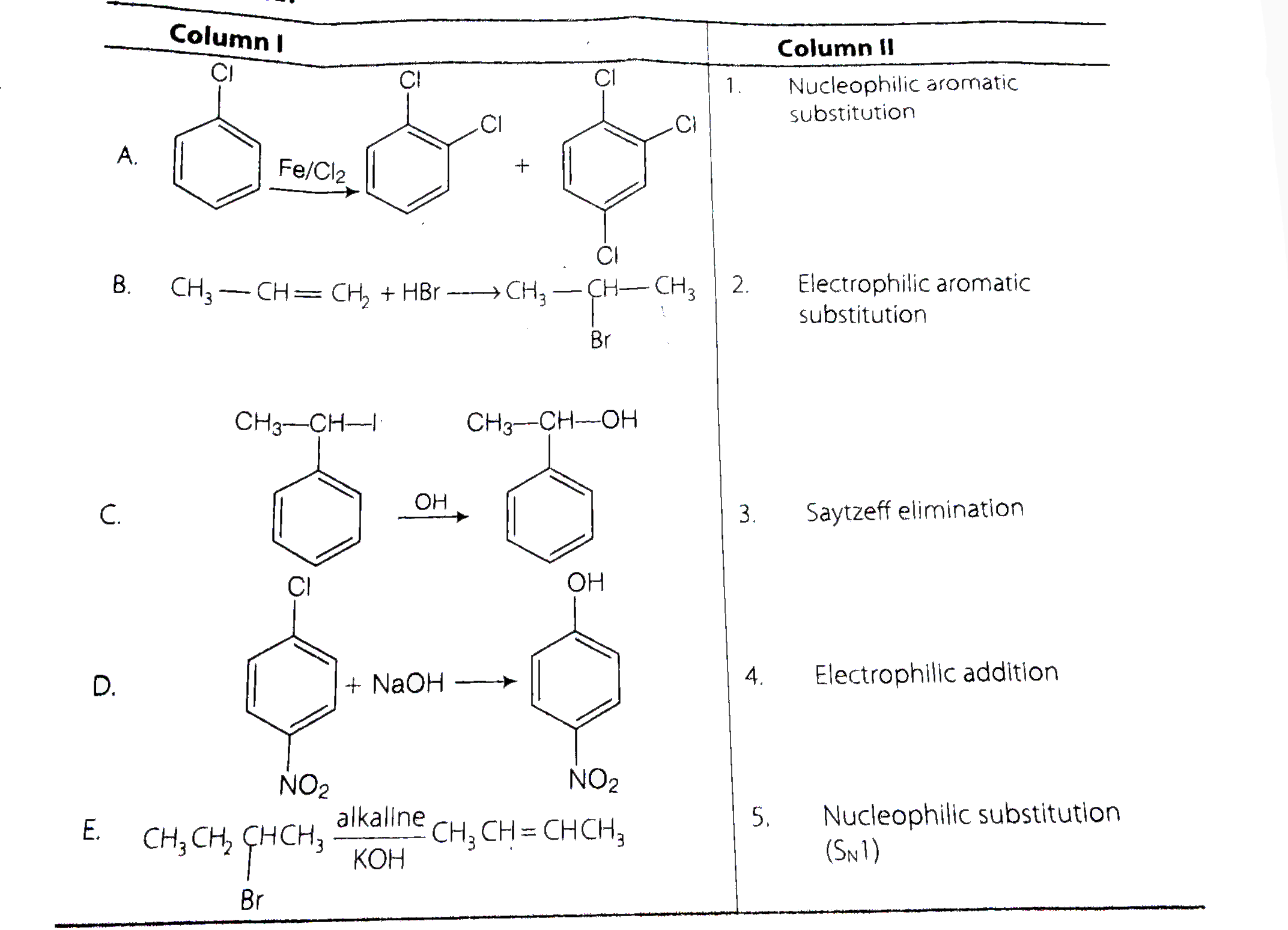
View SolutionMatch the reactions given in Column I with the types of reactions given in Column II.
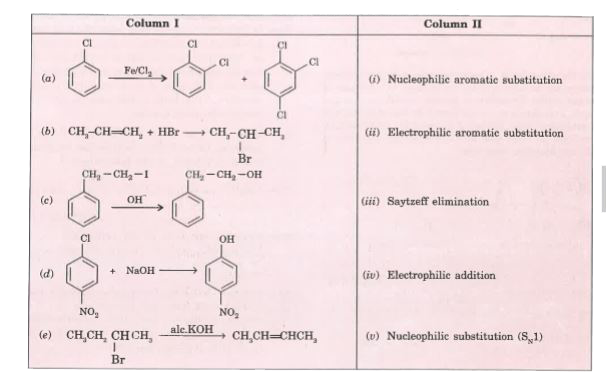
View SolutionMatch the reactions given in Column I with the types of reactions given in Column II.

View SolutionMatch the example given in Column I with the type of colloid given in Column II.
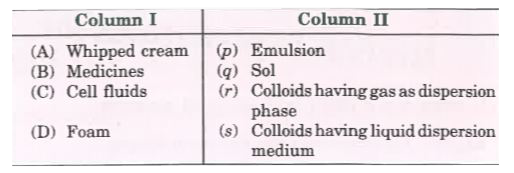
View SolutionMatch structures given in Column I with the type of detergents given in Column II.
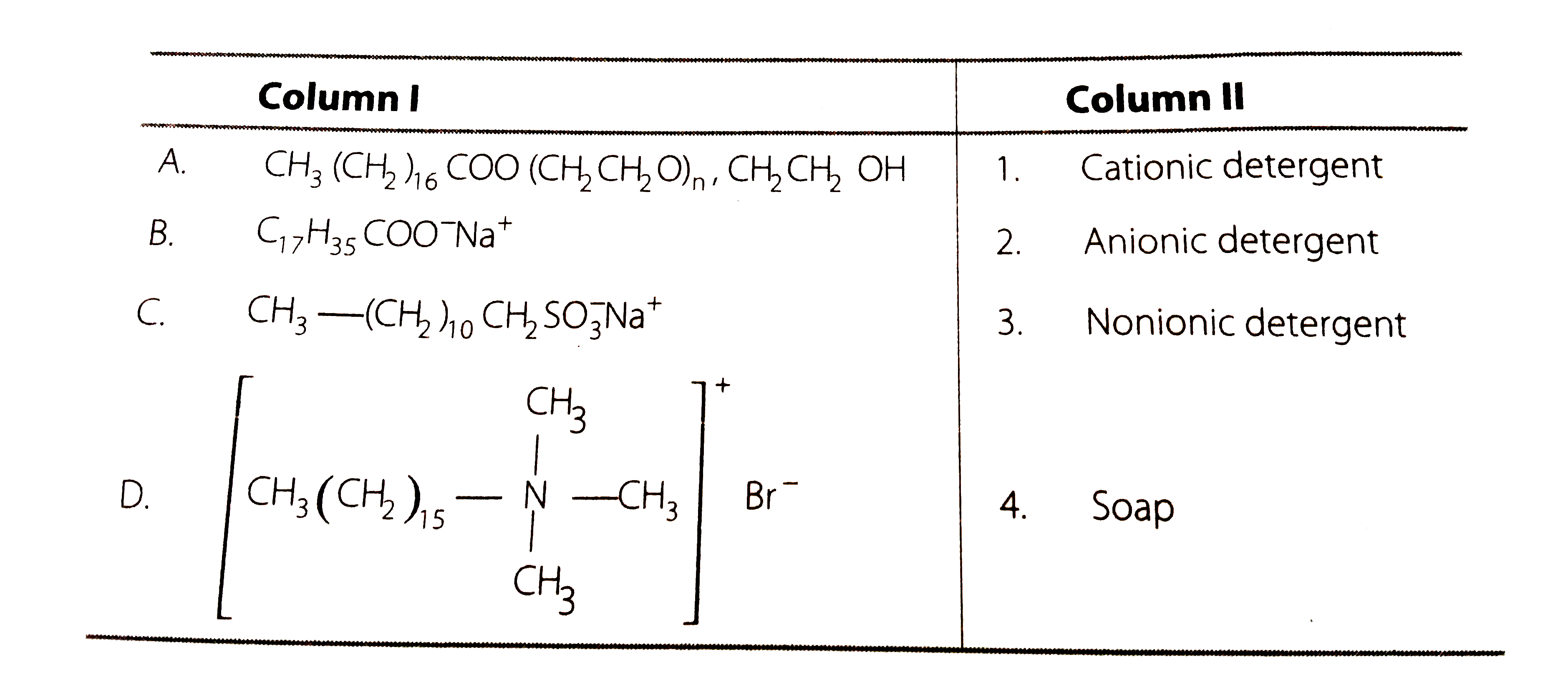
View SolutionMatch structures given in Column I with the type of detergents given in Column II.

View SolutionMatch the reactions given in column I with the types of reactions given in column II.
 .
.
View Solution

